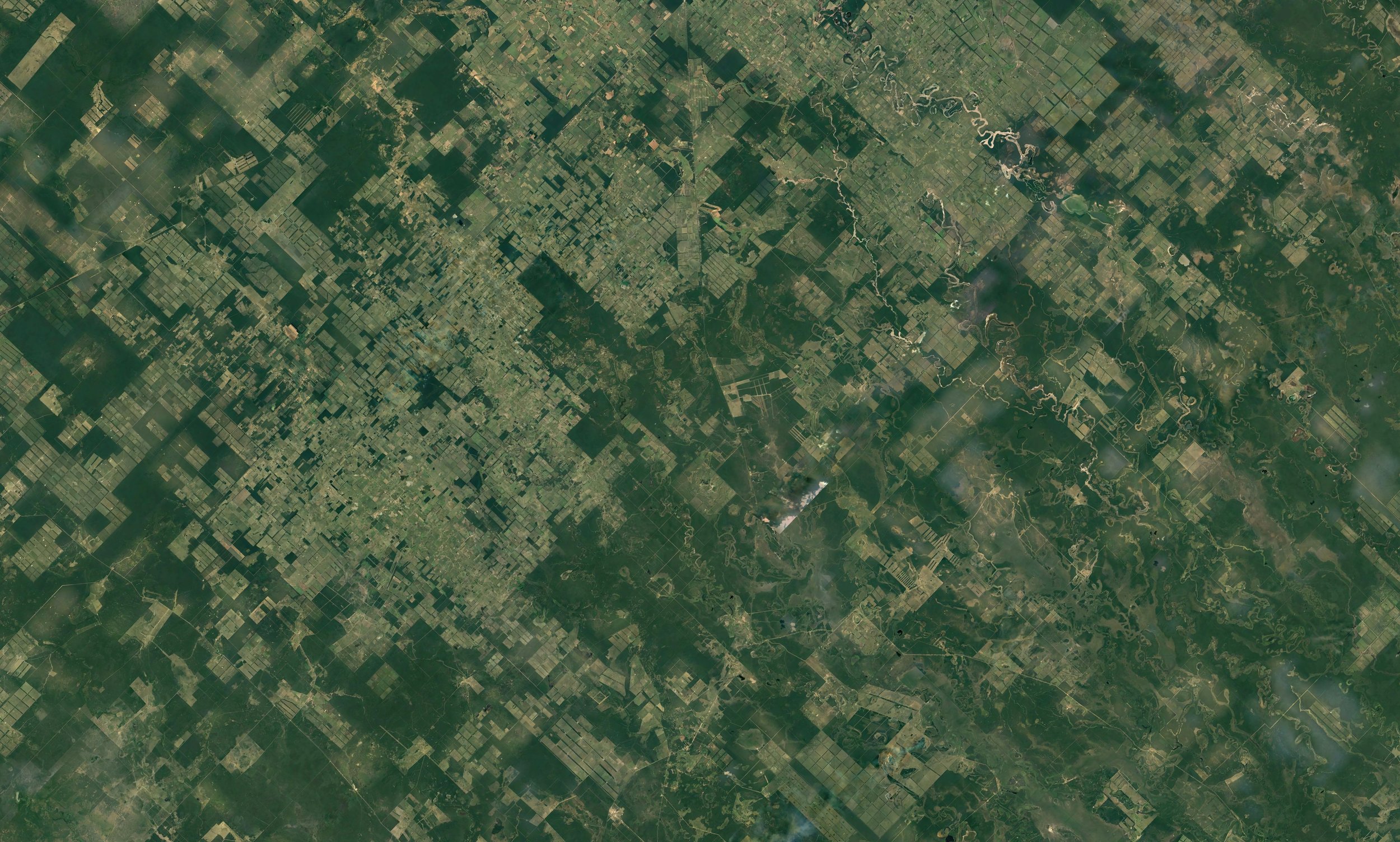Would You Rather Sound Smart, or Be Heard? - How Technical Terminology is Preventing Space Technology Adoption in the Agricultural Industry
This summer, Space South Central proudly participated in the Space Placement in INdustry (SPIN) programme, welcoming Tom Love, an MEng Aeronautical and Astronautical Engineering student from the University of Southampton and cofounder of Trinity Space Technologies, as a SPINtern. Tom’s mission was both ambitious and impactful: to explore how space data and technology can unlock new opportunities in industries beyond the traditional space sector. Agriculture, one of the sectors he examined closely, offered unique insights and challenges. In his latest blog, Tom shares an in-depth look at how space innovation could transform this critical industry, addressing pressing issues and uncovering future possibilities.
Tom Love, MEng Aeronautical and Astronautical Engineering student from the University of Southampton and cofounder of Trinity Space Technologies.
Innovative space technology promises to revolutionise the agricultural industry, yet its adoption is hindered by communication barriers and trust issues. This post explores these challenges and offers solutions to bridge the gap between downstream service providers and farmers.
The Communication Challenge
Space professionals often struggle to communicate the benefits of their technologies to farmers. According to Anthony Higson from the Satellite Applications Catapult, one significant issue is the tendency of some space professionals to want to “sound smart, instead of actually being heard” [1]. This approach, where technical jargon overshadows clear communication, fails to resonate with farmers who have limited time and resources to explore and implement new solutions.
Farmers face several barriers to adopting new technologies. In a Mckinsey & Company study, a striking 47% of farmers surveyed identified high cost as a top-three barrier, and 50% expressed an unwillingness to pay for any Agtech products [2]. This reluctance is exacerbated by the technical complexity of space technology, which can be intimidating and obscure its practical benefits.
(Image Credit: Adobe Stock) Satellite top view texture over Paraguay
The Trust Factor
Trust is paramount in the agricultural industry, much like in the financial services sector. Any new technology must be reliable and proven to work without jeopardising their livelihood. Christina Smith and Wendy Tsai at Space Hub Yorkshire highlight a misconception that space technologies are not meant to replace traditional boots-on-the-ground assessments. [3]. In reality, these technologies are designed to supplement and enhance existing practices, not replace them.
This misconception could deter potential users from even considering space technology, viewing it as too risky. The fear of placing complete faith in unfamiliar technology prevents initial conversations where these misunderstandings could be clarified.
(Image Credit: ESA) Tashkent, Uzbekistan from the Copernicus Sentinel-2 mission
Shifting Perspectives
Despite these challenges, there is a growing openness to Agtech innovations. Pressures such as new sustainability regulations are prompting farmers to seek tools that optimise returns and minimise financial risk. According to the previously mentioned McKinsey & Co. paper, 40% of surveyed farmers participate in government-funded sustainability pilot projects [2]. These pilots have been instrumental in showcasing the capabilities of space technology and addressing some adoption barriers.
Government-funded projects have successfully demonstrated specific space-based technologies, helping to reduce the current 30% of farmers who cite unclear ROI as a top three barrier to adoption [2]. However, even with these pilots, understanding the ROI of space products can be challenging. Usage-based models, such as charging per acre, struggle to scale due to external factors like extreme weather events that obscure productivity gains.
(image Credit: ESA) Swedish landscape captured by Copernicus Sentinel-2 mission.
Recommendations for Better Communication
To improve the adoption of space technology in agriculture, clear and simple communication is essential. Here are some recommendations:
1. Simplify Technical Information: Translate technical jargon into straightforward language that highlights practical benefits. Use case studies to demonstrate real-world applications and success stories.
2. Emphasise ROI: Clearly outline the estimated return on investment for farmers. Provide concrete examples of how the technology can increase yields, reduce costs, or mitigate risks.
3. Flexible Pricing Models: Develop pricing models that are affordable and align with the financial realities of farmers. Consider usage-based pricing that scales with the size of the farm.
4. Supplement, Don’t Replace: Communicate that space technologies are designed to enhance and support traditional farming practices, not replace them.
5. Build Trust Through Relationships: Engage with farmers through in-person visits and personalised interactions. According to Anthony Higson, building a connection and understanding farmers' individual needs can break down trust barriers and foster better adoption [1].
6. Leverage Trusted Voices: Utilise agronomists and local experts who farmers already trust to communicate the benefits of space technology. Their regional expertise and personal connections can make recommendations more credible [2].
By adopting these strategies, space technology providers can better connect with the agricultural sector, ensuring that their innovations are not only understood but also trusted and valued.
(Image Credit: ESA) Bucharest, Romania captured by the Copernicus Sentinel-2 mission.
References
[1] Anthony Higson Online Interview, Environment Space Living Lab (ESSL) Satellite Applications Catapult. Conducted: Jul. 18, 2024.
[2] D. Fiocco, V. Ganesan, M. G. de la S. Lozano, and H. Sharifi, “David Fiocco,” McKinsey & Company, Feb. 07, 2023. Accessed: Aug. 12, 2024. [Online]. Available: https://www.mckinsey.com/industries/agriculture/our-insights/agtech-breaking-down-the-farmer-adoption-dilemma
[3] Christina Smith & Wendy Tsai Online Interview, SpaceHub Yorkshire. Conducted: Jul. 11, 2024.





